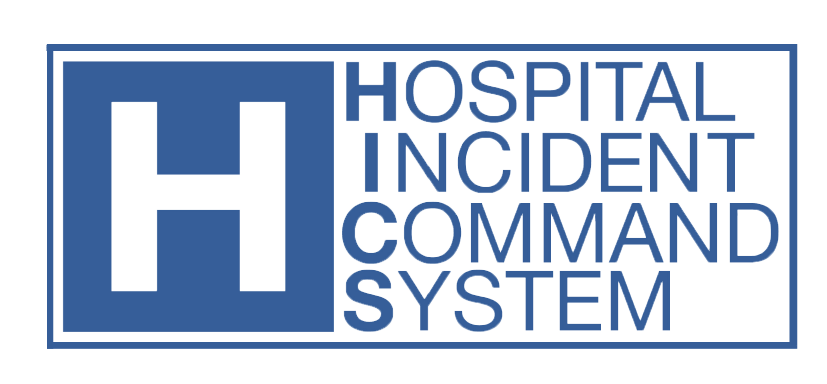HICS History and Background
History and Background
Since its inception in the late 1980s, the Hospital Emergency Incident Command System (HEICS) served as an important emergency management foundation for hospitals in the United States. There was recognition of the value and importance of using an incident management system in emergency situations. 

The original HEICS was developed in 1991 by the Orange County Emergency Medical Services (EMS) Agency under sponsorship from EMSA. HEICS was based on the FIRESCOPE ICS structure and adaptations made by Orange County EMS and the Hospital Council of Northern California. Revisions were made in 1993 (HEICS II) and 1998 (HEICS III).
In developing the fourth edition of HEICS in 2006, the value and importance of using an incident management system to assist with daily operations, preplanned events, and non‐emergent situations as well as emergency incidents became apparent. As a result, HEICS IV evolved to become HICS—the Hospital Incident Command System—a comprehensive incident management system intended for use in both emergency and non‐emergency situations.
The Fifth Edition of the Hospital Incident Command System (HICS) was released May of 2014. This conclusion of the multi-year revision process was the culmination of extensive national stakeholder input. This updated version includes new terminology, updated Incident Action Planning (IAP) forms and provides better interoperability for multi-agency coordination. It has been expanded to meet the needs of all hospitals, regardless of their size, location or patient care capabilities. Significant effort has also been made to support other types of healthcare providers such as rehabilitation centers and urgent care centers. By incorporating and adopting these concepts and tools, hospitals will be closely aligned with the National Incident Management System (NIMS) including the Incident Command System (ICS) and subsequent common terminology, response concepts, and procedures.
Unlike the changes made in the 2006 version of HICS, the 2014 update does not involve wholesale changes in design and content. However, lessons learned from real-world emergencies have been incorporated from the 2009–10 National HICS Survey, the 2011 HICS National Stakeholders’ Summit, and from examples provided by the HICS Secondary Review Group members who once again evaluated the draft materials and provided their comments and suggestions to all proposed changes.

